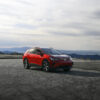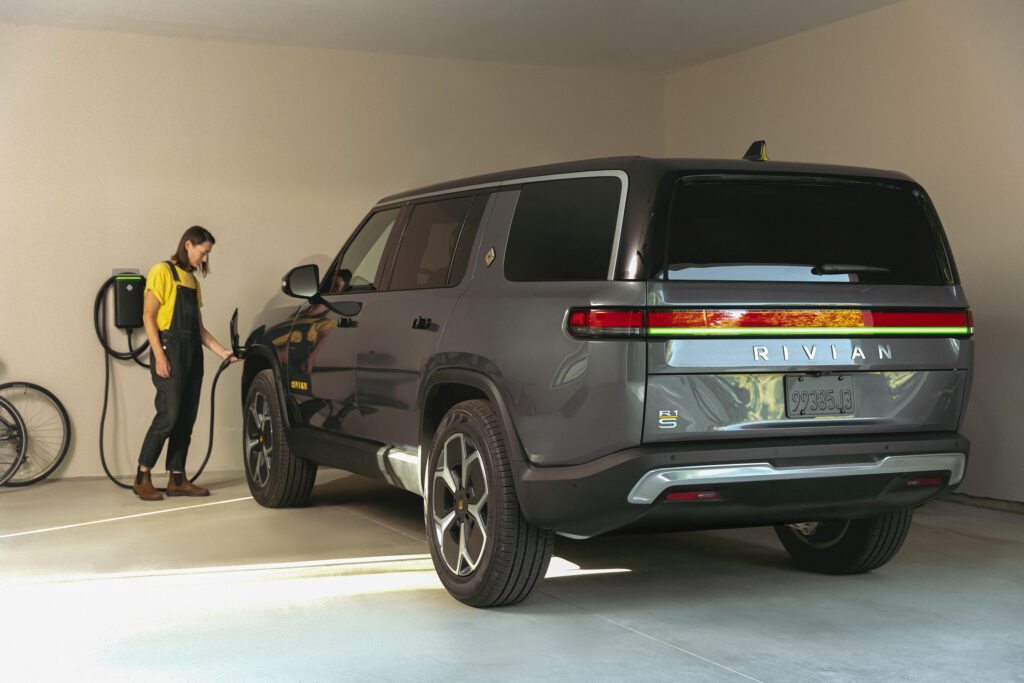
In the rapidly evolving landscape of electric vehicles, Rivian is making waves with its latest innovation – a 24kW bidirectional wall charger. This exciting development was hinted at by Vidya Rajagopalan, Rivian’s Senior Vice President of Electrical Hardware, during the company’s recent Investor Day. This new charger promises to revolutionize how we use electric vehicles by enabling them to power our homes.
Rajagopalan revealed that Rivian’s upcoming charger is designed to work seamlessly with the first and second-generation R1T and R1S, as well as the upcoming R2 model. In other words, you won’t need to get a new Rivian to power your house; you can use the one you already have. This 24kW charger will not only charge the vehicle but also allow energy to flow from the vehicle back into the home. This feature, known as vehicle-to-home (V2H) capability, turns Rivian’s EVs into massive backup batteries for your house, providing peace of mind during power outages.
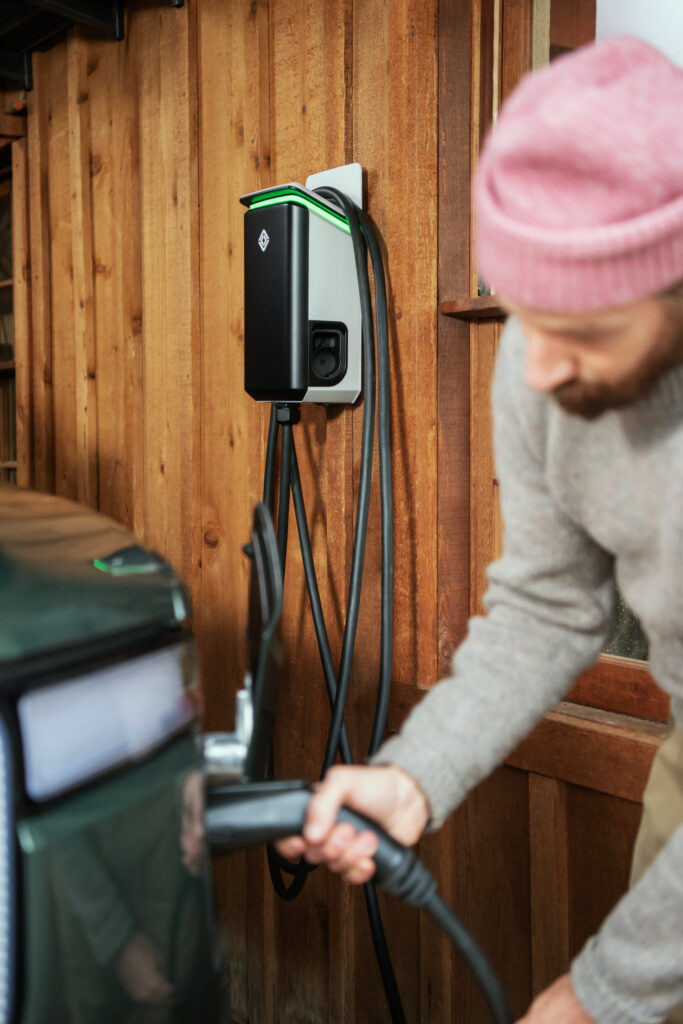
One key point Rajagopalan emphasized was to dispel a common misconception: many believe that Rivian’s current R1 vehicles cannot support V2H functionality. She clarified that the R1T and R1S already have the necessary hardware for V2H, including DC capability and DC output. The introduction of this new bidirectional charger will enhance this capability, and will probably come as a standard feature for Rivian vehicles.
Technical Details and Compatibility
The new charger will deliver approximately 24kW of power, which Rajagopalan assures is “plenty for most homes.” This makes Rivian’s charger one of the most powerful on the market. The charger’s design will support both the current and next-generation Rivian models, ensuring a broad range of compatibility.
Interestingly, while Rivian has announced a switch from the CCS to Tesla’s NACS connector by 2025, it’s still unclear how this will impact the new charger’s design. There is a possibility that Rivian may offer a dual-connector system or incorporate a Magic Dock-like solution to cater to both standards.
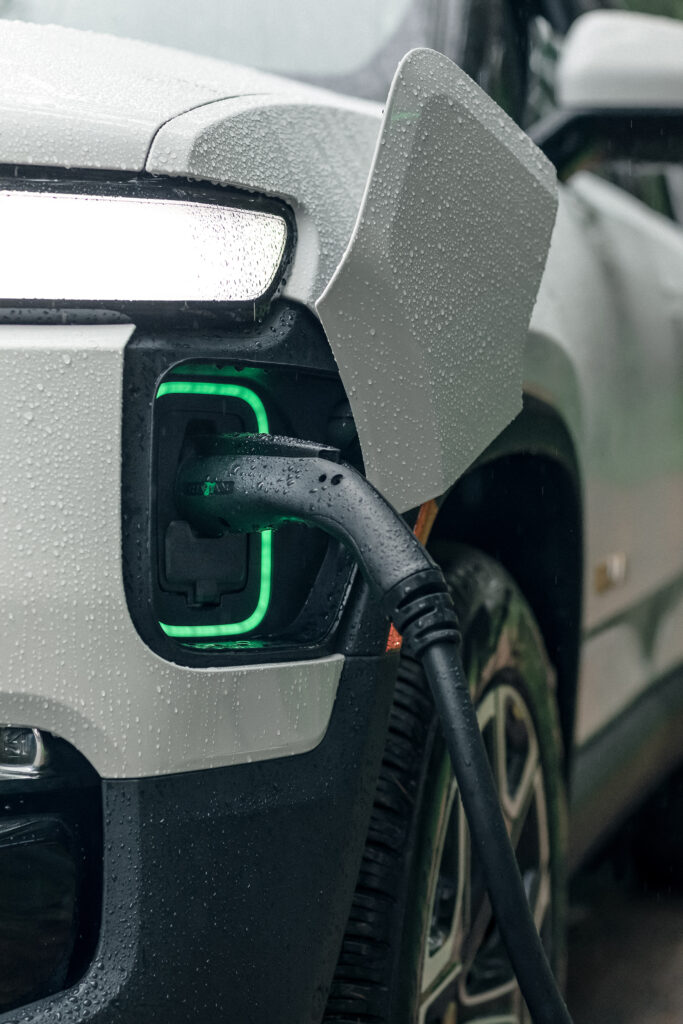
The practical benefits of Rivian’s bidirectional charger are significant. With the ability to power a home during outages, this charger provides a reliable backup energy source, reducing dependency on the grid. For households looking to enhance their energy resilience, this is a game-changer. It also opens up opportunities for energy management strategies like peak shaving, where the vehicle’s battery can be used to reduce electricity costs during high-demand periods.
Rivian’s Competitors and Market Position
Bidirectional charging is becoming a popular feature in the EV market. Ford’s Intelligent Backup Power system for the F-150 Lightning and General Motors’ Ultium Home brand already offer similar functionalities. Kia is also set to launch its Quasar 2 bidirectional charger later this summer. Despite these developments, Rivian’s 24kW charger stands out for its high power output, which surpasses most competitors.
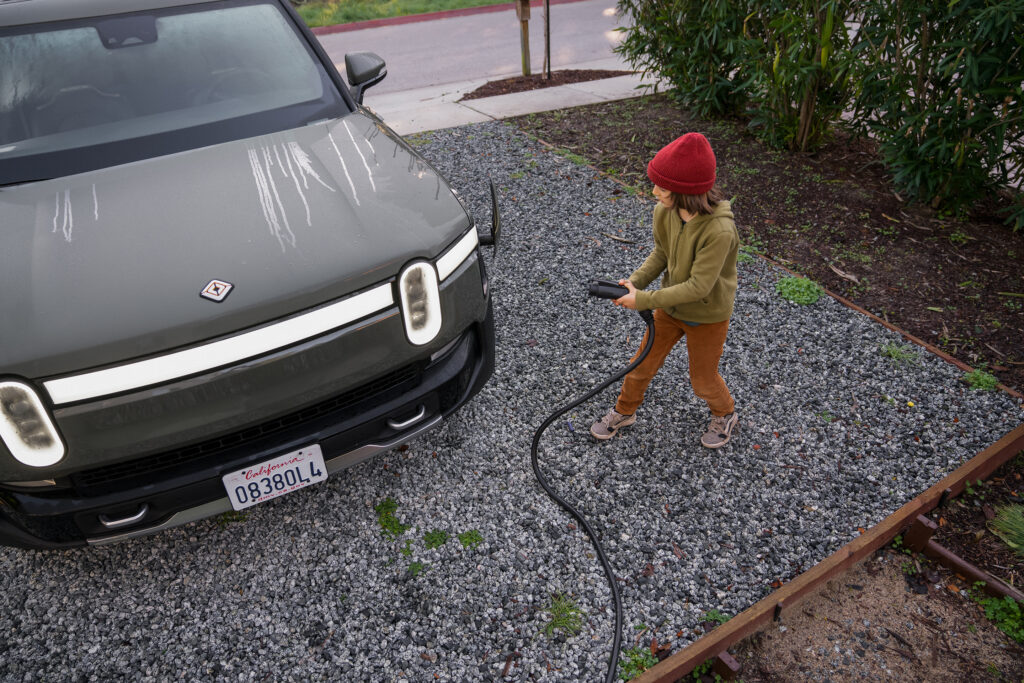
Final Words
Rivian’s commitment to bidirectional charging reflects its broader vision for integrating electric vehicles into the home energy ecosystem. By enabling vehicles to serve as mobile power sources, Rivian is pushing the boundaries of what EV technology can achieve. This innovation is not just about enhancing the utility of their vehicles but also about contributing to a more resilient and sustainable energy future.
Rivian’s announcement of its new 24kW bidirectional charger marks a significant milestone in the EV industry. By enabling their vehicles to power homes, Rivian is setting a new standard for what electric vehicles can offer. This innovation, combined with Rivian’s commitment to integrating advanced technologies into their vehicles, positions them as a leader in the electric vehicle market. As we await more details on the launch date and pricing, it’s clear that Rivian’s bidirectional charger will be a highly anticipated addition to the EV landscape.
With this new capability, Rivian continues demonstrating its commitment to innovation and customer-centric solutions, making its vehicles not just a mode of transportation but a versatile energy solution for the future.



